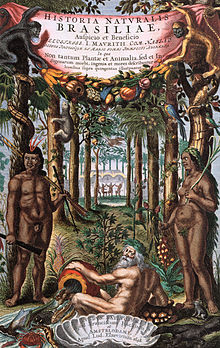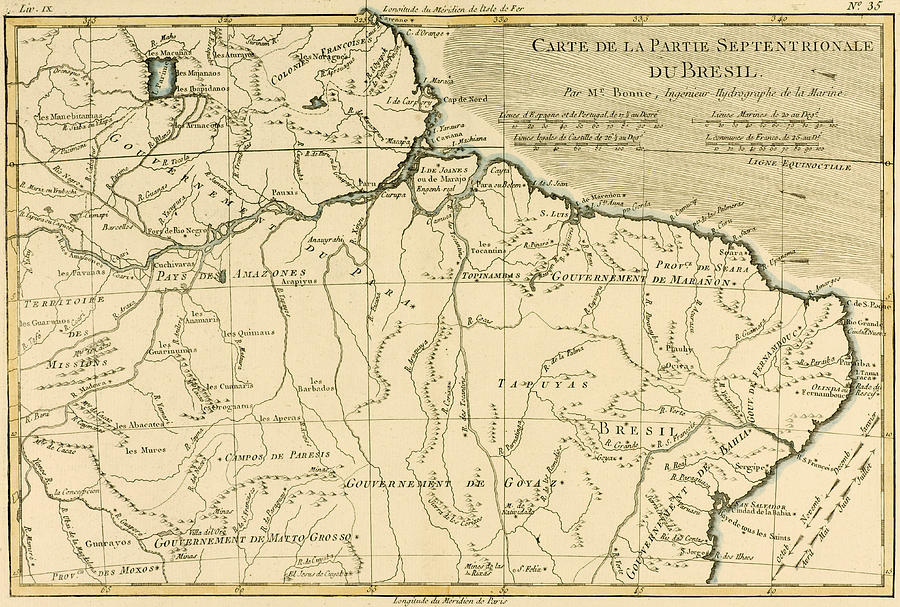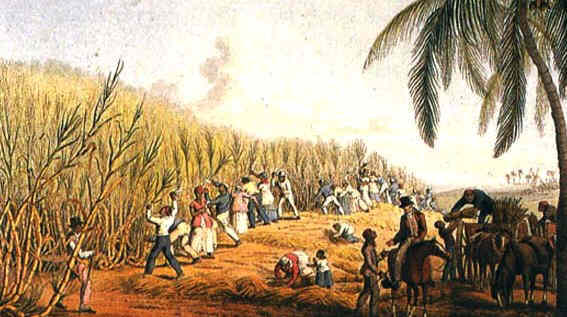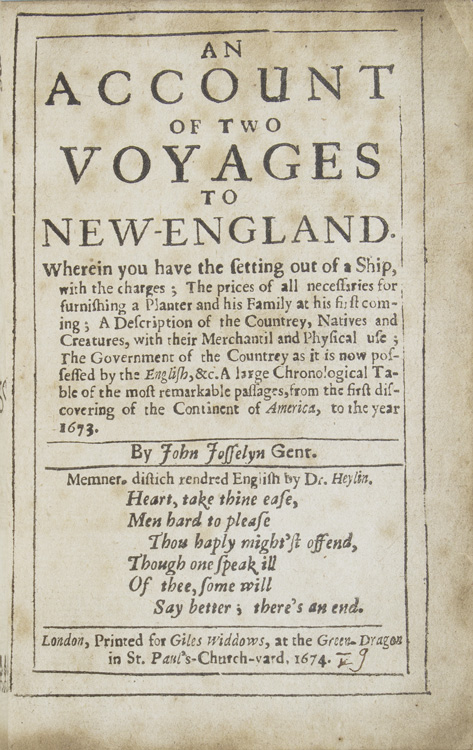What is rum? Rum is a
strong alcoholic beverage made by the fermentation and then by the distillation
of the products of sugar cane: cane juice, molasses, skimmings etc.
It may be useful to remember that
fermentation is the process by which microorganisms called yeasts feed on
sugar, releasing alcohol, gas and heat. Fermentation is a natural, spontaneous
process: for example, when fruit rots it often ferments.
It was later gradually
improved by men for their own ends, let us say that it is a relatively easy
thing. When
America was discovered, in Europe, Asia and Africa the production of fermented
beverages had been commonplacefor thousands of years: wine, beer, etc.
The raw materials of
rum are the coproducts of sugarcane: sometimes sugarcane juice, but mostly
molasses, sometimes even syrups. The raw materials are put into a fermentation
wash, to which water and other
substances are added. Originally, the fermentation would happen owing to the
yeasts naturally present in sugarcane, in the soil, in the air, and so on: it
was a spontaneous process which man was unlikely to be able to influence,
whereas today specifically selected yeasts are used, the whole process is
monitored, by adding or removing nutrients, modifying the temperature, and so
on. The production of alcohol takes place entirely during the fermentation
process.
Alcoholic distillation,
on the contrary, does not exist in nature, it is an artificial process, devised
and realized by men. And it is difficult. The fermented liquid, or wash, is put
into a container, pot-still or column-still, and heated until it boils and
produces vapors. The vapors are then collected, cooled and brought back to a
liquid state. At the end of this process, in the liquid produced, the spirit, there
will be a much lower percentage of water than what was present in the fermented
liquid, whereas the percentage of alcohol will be much higher. We have
therefore produced an alcoholic beverage that is much stronger than any
fermented liquid, which is exactly the desired result. To put it simply,
distillation concentrates alcohol. For the sake of clarity, I’ll say that
again: distillation concentrates the alcohol already present in the wash, it
does not produce it.
According to some archeological
remains the distillation of alcohol was made in present-day Pakistan as early
as c. 150 B.C. and from there it spread later in south-east Asia and China. There
are also some uncertain references in Indian literature that could push back its
origins to c. 500 B.C. But this is not our point here. As far as we are
concerned, it is more or less generally accepted that the history of
distillation starts in the West with the Greeks of
Alexandria before the Christian era. Later the Arab alchemists used distillation
for studies and research of various kinds, and for making perfumes and maybe
also to produce alcohol for medicinal use. In the XII century, it is thought to
have reached Italy at the famous medical School of Salerno, where it was used
to distill wine, creating a new, wonderful beverage, an almost pure alcohol
called in Latin aqua vitae – water of life – from which derive the
Italian acquavite, the French eau de vie and also the Gaelic uisgebeatha,
later whisky. But, as far as I know, the earliest description
of an alcoholic distillation can be found only about a century later. It is
again from Italy, in the book Consilia by
Taddeo Alderotti, a famous physician and scientist who was born in Florence, but
lived in Bologna in the XIII century. It then spread all over Europe,
but usually in limited quantities, quite expensive, that doctors and
pharmacists dispensed to their élite customers. “Est consolatio ultima corporis humani”
(“Last solace of the human body”), Raimond Lull will write later. Anyway, scholars
agree that the first use of alcohol was medicinal.
Over the centuries, all over Europe
people started to produce distilled beverages not only as a drug but also as a beverage
for pleasure consumption. For example we know that in 1514 the King of France,
Louis XII, issued a decree with which he granted the Guild of “vinagriers” (vinegar makers) the right
to distill wine to produce brandy. And this is an important step in the long
process which has transformed distillation from a mysterious activity,
restricted to alchemists and pharmacists, into a mass production for the
pleasure of drinking.
There isn’t a general consensus
among scholars, but it seems to me reasonable to think that large scale
commercial production of distilled beverages meant for drinkers’ pleasure
consumption started in Europe, probably in Holland, in the second half of the
XVI century. Holland was at
that time the most modern and technologically advanced country in Europe and
the very word brandy is thought to
derive from the Dutch gebrande wijn,
which meant, basically, burnt wine. And we know that a John Hester started his “Stillitorie” in London in 1576
with this advertisement: “These
Oiles, Waters, Extractions or essences, Saltes, and other Compositions; are at
Paule Wharfe ready made to be soldem by IOHN HESTER, practisioner in the art of
Distillation; who will also be ready for a reasonable stipend to instruct any
that are desirous to learne the secrets of the same in few dayes”.
The new importance of distilled
beverages is reflected in the foundation of Guilds of distillers. The London Worshipful Company of Distillers was
founded in 1638 and in the same years similar Guilds were born in Paris,
Rotterdam and elsewhere. However, the distillation of wine continued to be
expensive. Even producing alcoholby distilling grain was costly, and it
was dangerous too: cereals were the staple diet of the majority of the
population and harvests were often poor. Therefore, diverting a significant
share of the harvest from food consumption to distillation increased the risk
of hunger and famine. In any case, distillation was seasonal, it was done after
the harvest and before the raw material could deteriorate.
Brazilian and Caribbean sugar
plantations changed the situation radically. Sugarcane provided distillers with
plentiful, cheap raw material. Molasses in particular was extremely cheap:
actually, before it started to be used to produce rum, it was largely thrown
away. Rum, our rum, was born when European distillation techniques met
sugarcane and this meeting took place in the Americas between XVI and XVII
centuries. But where exactly, and when?
We will deal with this issue in
the next article.
Marco Pierini
PS: if you are interested in
reading a comprehensive history of rum in the United States I published a book
on this topic, “AMERICAN RUM A Short
History of Rum in Early America”. You can find it on Amazon.





 the British Empire, owing to the early, massive diffusion of rum among British people. The very word Rum is generally held to be English, even though its origins are uncertain.
the British Empire, owing to the early, massive diffusion of rum among British people. The very word Rum is generally held to be English, even though its origins are uncertain.